The Hamilton Asylum for the Insane was originally intended to be an asylum for inebriates (people with alcohol issues). The community was becoming concerned by people who appeared to be disoriented and wandering the streets. Society often thought people who had mental health issues were drunk, not understanding that the problems were not alcohol related.
By 1887 the number of drunken people was so few that the decision was made to house “lunatics”.
The Hamilton Asylum for the Insane opened in March of 1876. It was situated on 529 acres of land in Hamilton. The asylum was the sixth of it’s kind in Ontario. The others being in Toronto, Kingston, Amherstburg, Orillia and London.
The asylum, a High Victorian structure, was accessible from a dirt road away from the city. The building contained a three-storey square centre block and two-storey wings on each side. A rear kitchen wing was added in 1895.
The site was self-sufficient like many similar institutions. An on-site farm raised cattle, chickens and pigs. A garden provided fruits and vegetables, a bakery provided bread, and the butcher’s shop provided meat.
Initial capacity was 202 patients who arrived from surrounding areas including Halton, Peel, Simcoe, Wellington, Waterloo, Norfolk, Lincoln and Hamilton. The building was known as the Barton Building. Dr. R. Bucke was the Medical Superintendent. Dr. Bucke also worked at the London Insane Asylum.
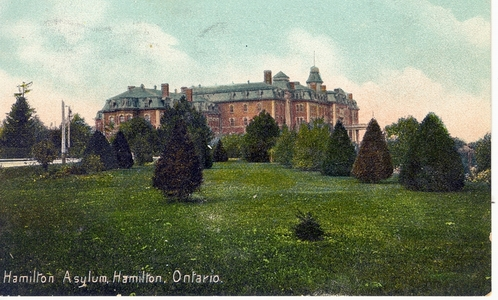

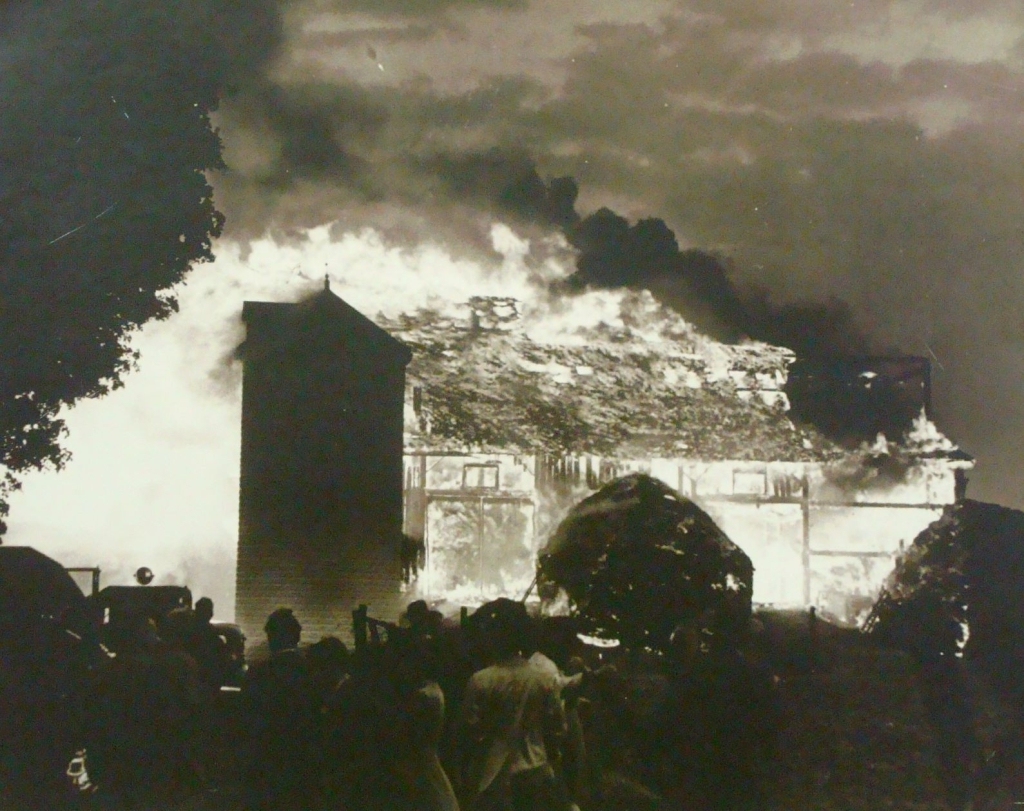
The East House was built to serve as a “reception hospital” where people could walk in from the street without a doctor’s referral. East House’s purpose changed later on to house criminally insane.
| Building | Built | Capacity |
|---|---|---|
| East Building (Century Manor) | Nov. 1, 1884 | 60 patients |
| Barton Building | 1876-1976 | 300 patients |
| Orchard House | Jan. 24, 1888-1971 | 300 patients |
Other facilities included the tailor’s shop, sewing room, upholstery shop, power house and fire hall. Recreational facilities consisted of a skating rink, curling rink, bowling green and tennis courts.
By September 30th, 1887 there were 625 beds available. When “Orchard House” was complete that number rose to 890 beds. By 1890 the Hamilton Asylum for the Insane had 915 patients and 119 employees. And by 1909 it asylum had beds for 1,200 patients.
Around 1902 a training school for psychiatric nursing was established and it was accredited in 1924. The school saw over 240 nurses graduate before it closed in 1956.
The Hamilton Asylum for the Insane began taking patients in March of 1876. Initial capacity was 202 patients. It closed in 1995.
Patients of the asylum were often seen as entertainment. Families would pack a picnic basket and drive up to the asylum to watch the patients. Sometimes families would even taunt the patients.
Deaths
Century Manor certainly has had a dark history. Take for example the story of Bridget English. Ms. English was suicidal and was found to continually be creating ropes for the purpose of hanging herself. She had once been cut down just in time to save her life. On November 10th, 1887 while the two hallway attendants weren’t watching, she used knitting cotton tied to steam pipes. Despite being cut down she couldn’t be resuscitated.
In another incident on August 1, 1911 a fire broke out at approximately 1 AM on the fourth floor of the Barton Building. The newspaper article described the patients as “maniacs” including one patient who fled back into the fire.
“HAMILTON, Ont., Aug. 1 – Eight lives were lost in a fire which partly destroyed one of the main buildings of the insane asylum on the side of the mountain southwest of this city early today. There were 800 sleeping patients in the building when the fire was discovered, and it was only a well-trained fire-fighting corps and coolness and bravery among the nurses and attendants under Dr. English that averted a more serious loss of life.”
“There are four buildings in the group within the asylum grounds. The main building, where the fire occurred, is a four-story brick structure with a basement, 200 feet in length and about 70 feet wide, with wings at either end. The women patients, numbering some 350, occupied quarters in the west wing. The rest of the building was taken up with men’s wards, and contained some of the most desperate cases in the asylum.”
“The women were moved without serious difficulty and housed in the adjoining buildings. The situation among the men was more serious. The fire started on the fourth floor, in what is known as Section D, where the most violently insane are kept. The bulk of the men, guarded by attendants, moved down three flights of stairs out of the fire zone in orderly procession, but about a score, driven into a frenzy by the stifling smoke and the excitement of a midnight fire, fought off their rescuers with desperate fury. Three of them, after being carried down to the second floor, broke away, and fled back into the blazing corridors.”
“The fire in the meantime had spread down the hallway and was eating its way through the floor to the third story. The asylum brigade, although fighting bravely, was handicapped by the maniacs and was losing control.”
“The city brigade, which had been summoned, was then toiling up the almost precipitous roadway leading to the asylum grounds. It was nearly 2 o’clock before the first of their apparatus was brought into play. The firemen ran scaling ladders up to the third and fourth floor windows, where it was believed some of the unfortunates had fled. They found it difficult work to break down the iron grating on the windows, and the fire in the meantime was growing fiercer every minute. Crawling into the stifling smoke, the firemen groped their way about until they found a maniac. If he was unconscious from smoke the task was easy, but if he was still able to offer resistance, he was knocked senseless and dropped into the life nets below. Eights of the insane and one attendant who had lost consciousness in the work of rescue were saved in this way.”
“The combined fire forces had the situation well in hand by 3:30 A.M. The two upper floors and the roof of the east wing were burned and the lower floors were flooded with water. As the firemen worked their way into the burned section some bodies were found. Three were taken out of the hallway on the top floor. It was found that one helpless paralytic was burned to death in his cell. Four more were found huddled together in a small room, burned to a crisp.”
“The blazing roof of the asylum perched up on the mountainside attracted the attention of the entire city. The cry, “The asylum is on fire!” rang through the streets, and hundreds flocked up the hill. It was a weird sight that presented itself. The hysterical screams of the 200 inmates of the four building drowned every other sound. The firemen, fighting both the flames and the maniacs, were in constant peril, and frequently were seen perched on the window sills through which the smoke was pouring in dense columns trying to drag forth a struggling man. One maniac broke from the grasp of a fireman at a window and fled back into the flames, where he perished.”
“A searching investigation has been ordered. The fire is believed to have been caused by a short circuit on an electric wire in the storeroom on the top floor.”
October 2015 Photos
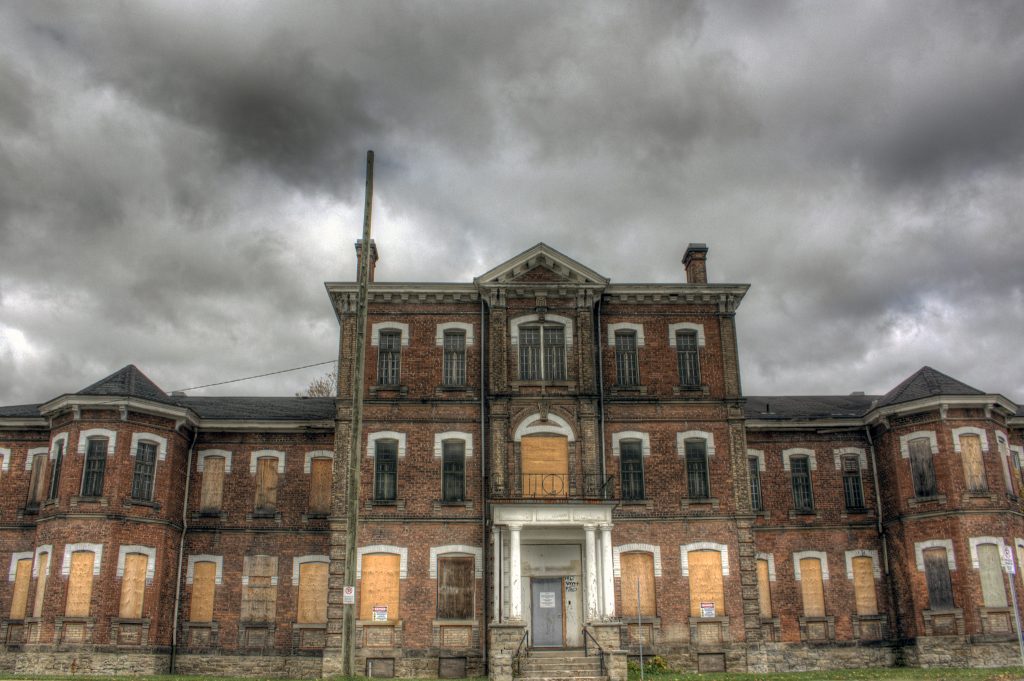
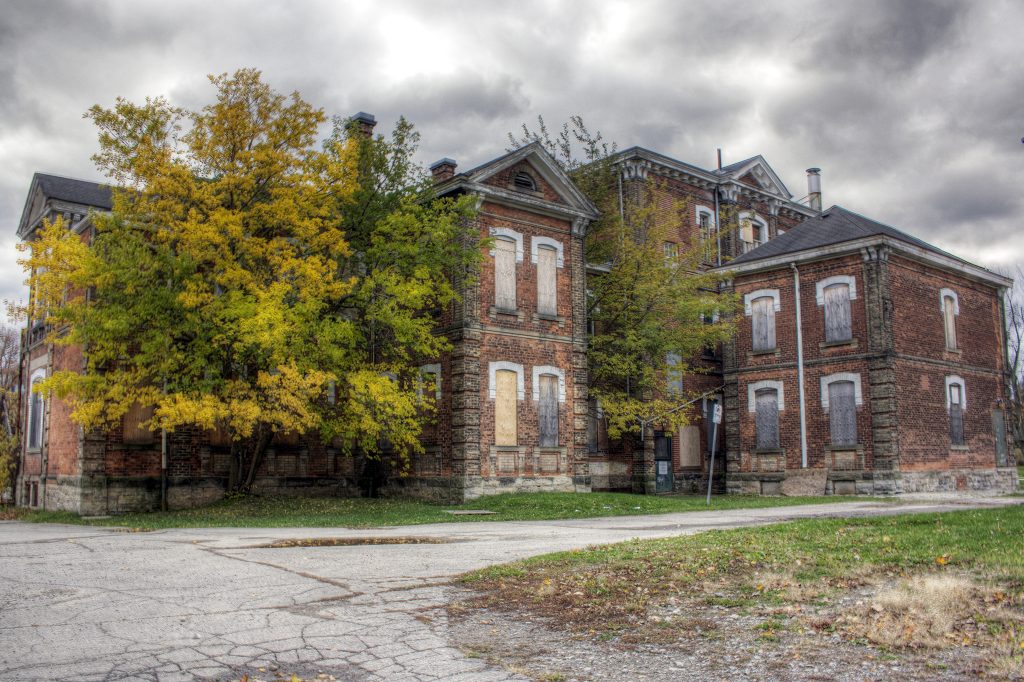
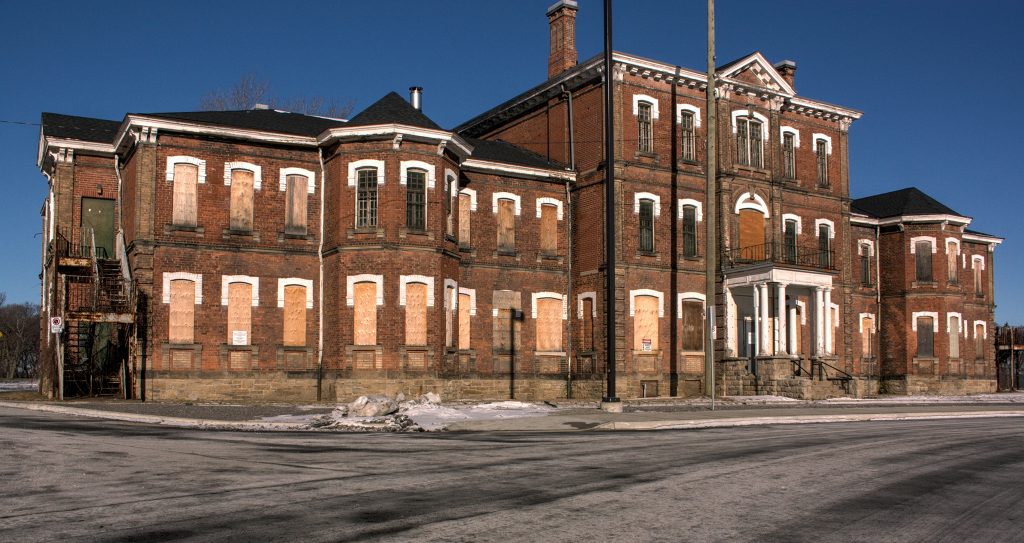
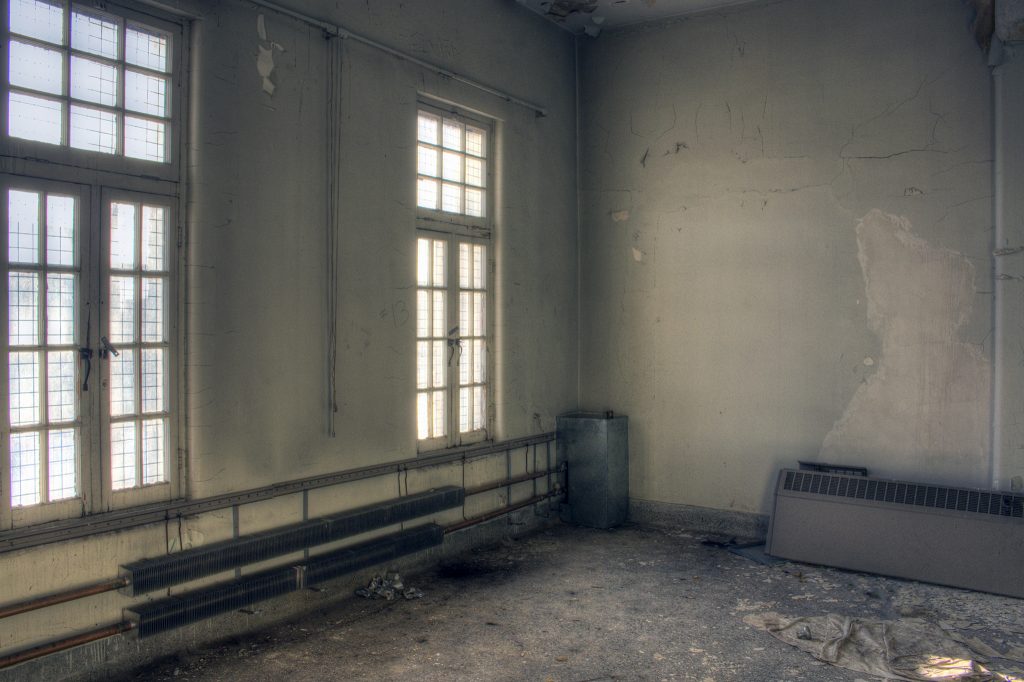
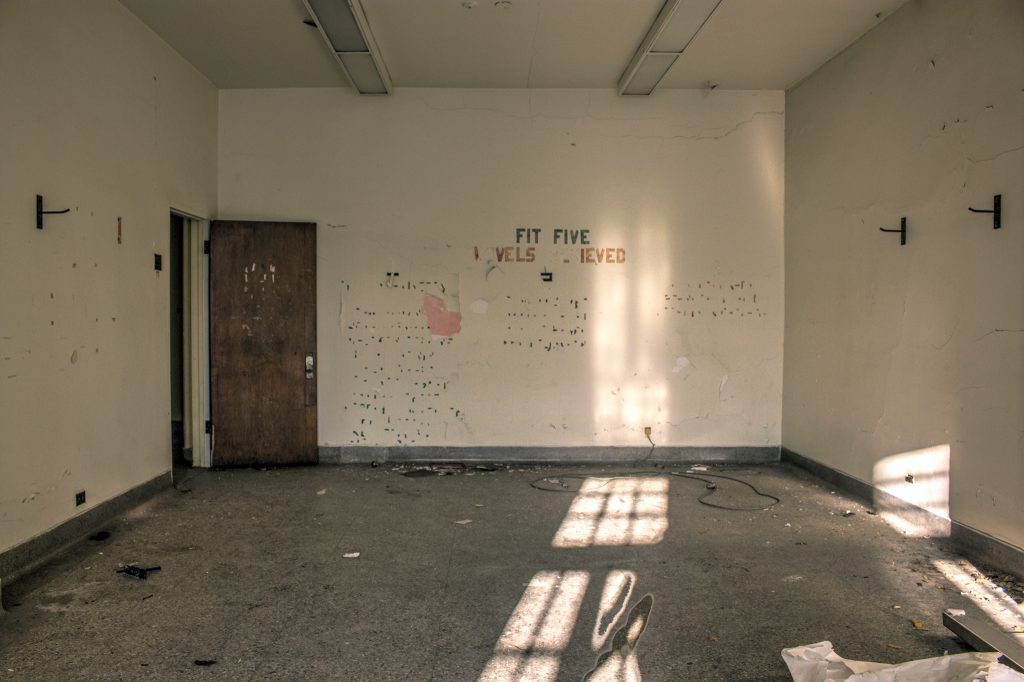
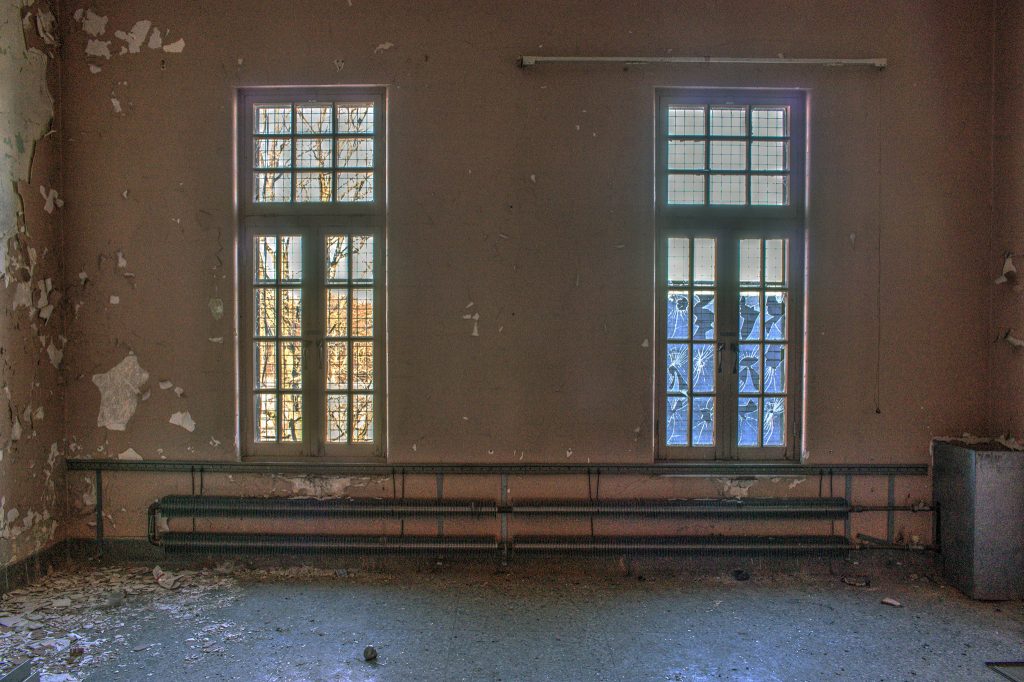
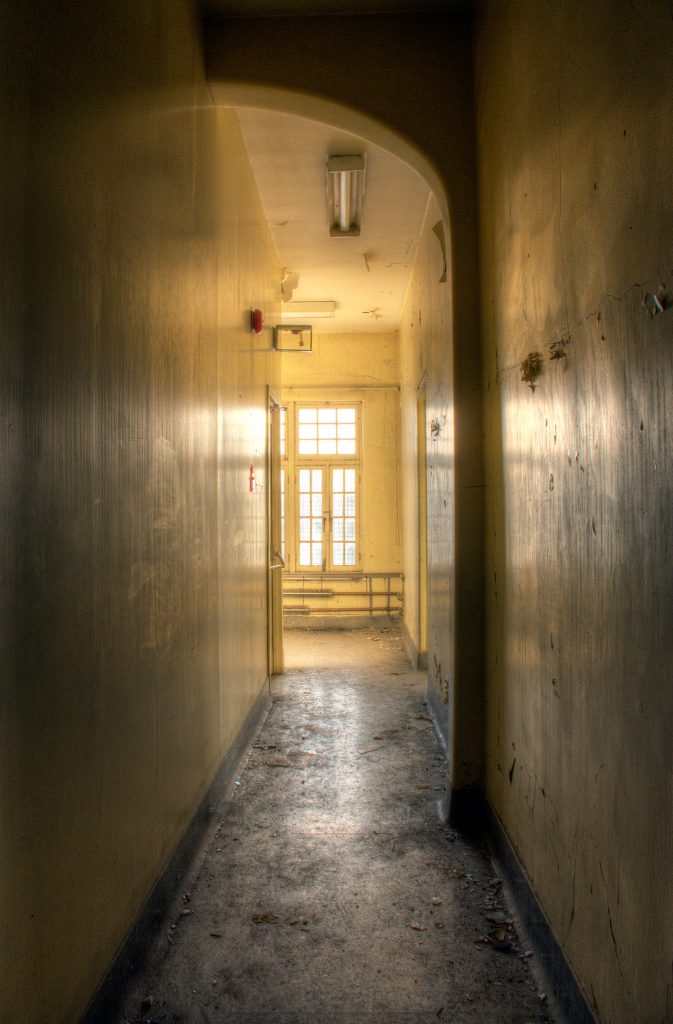
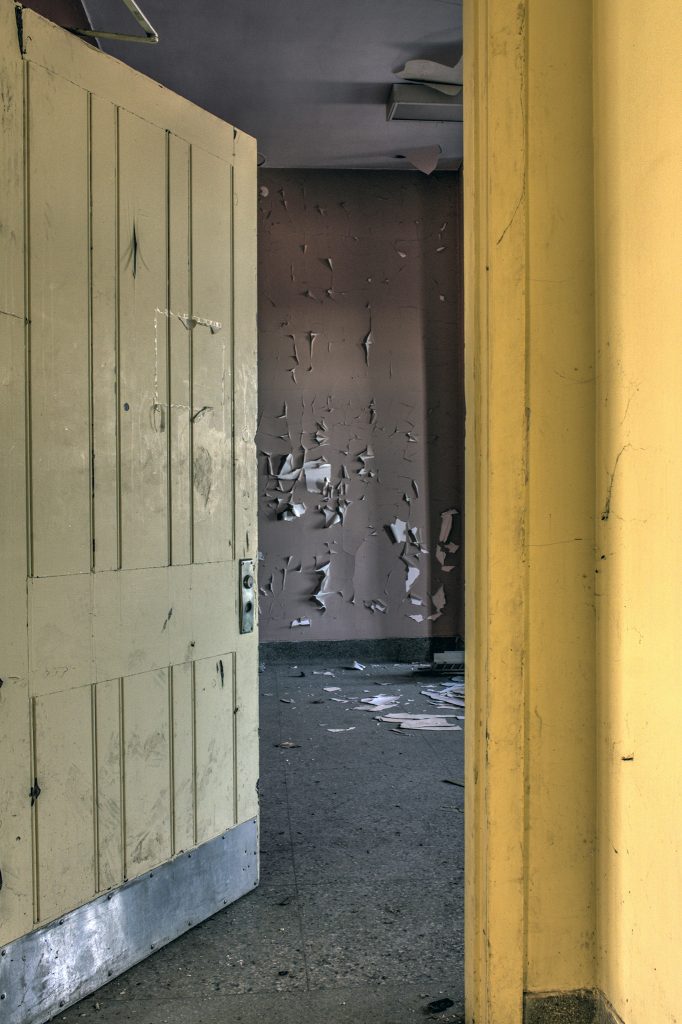
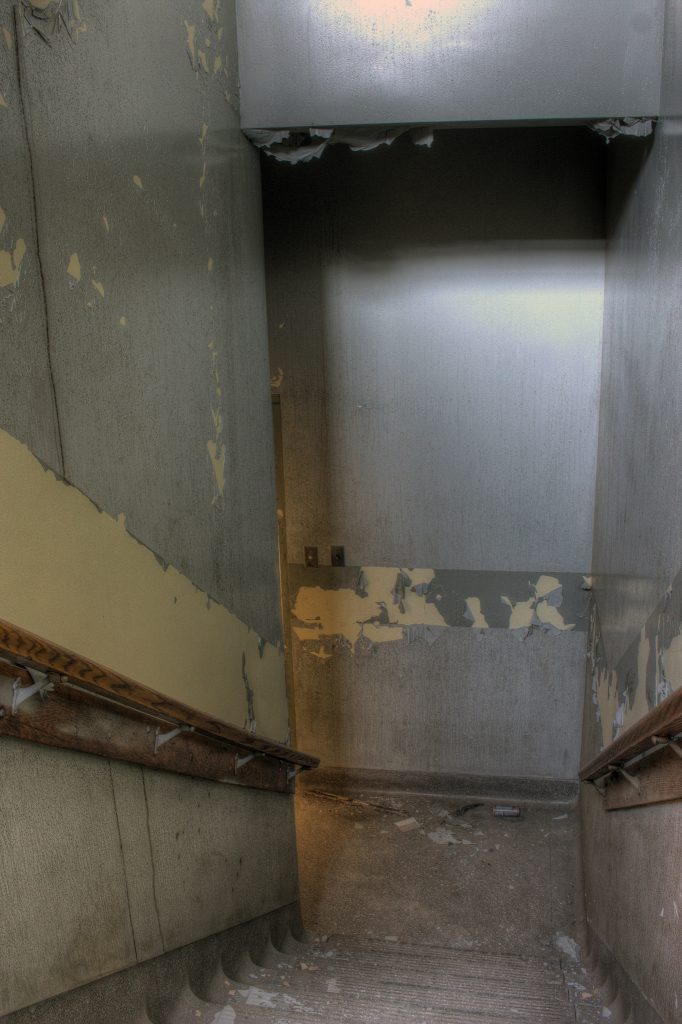
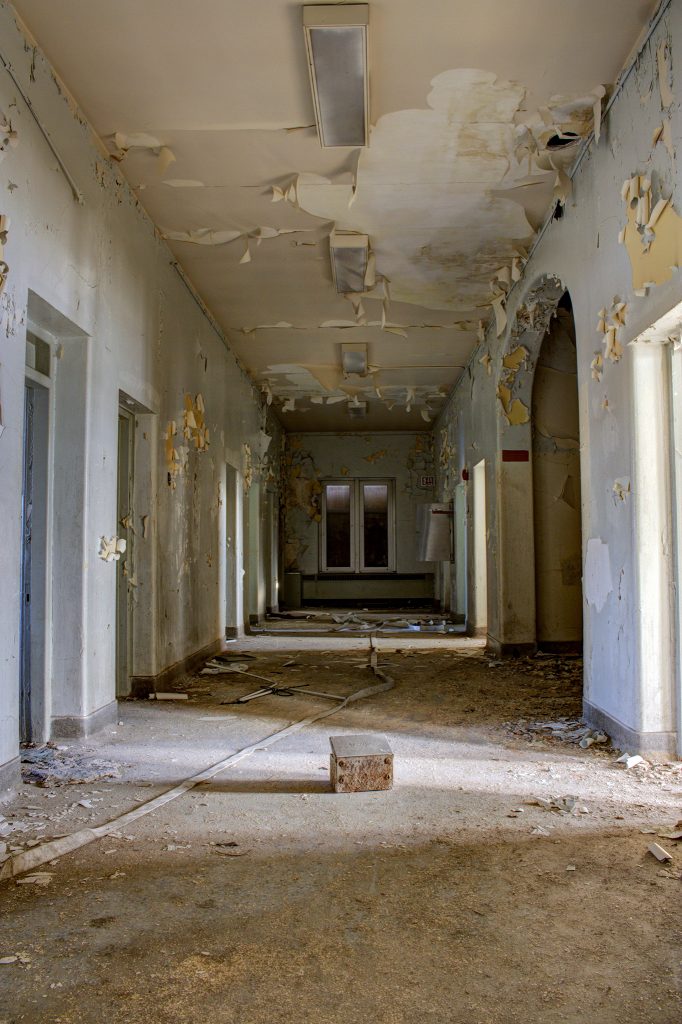
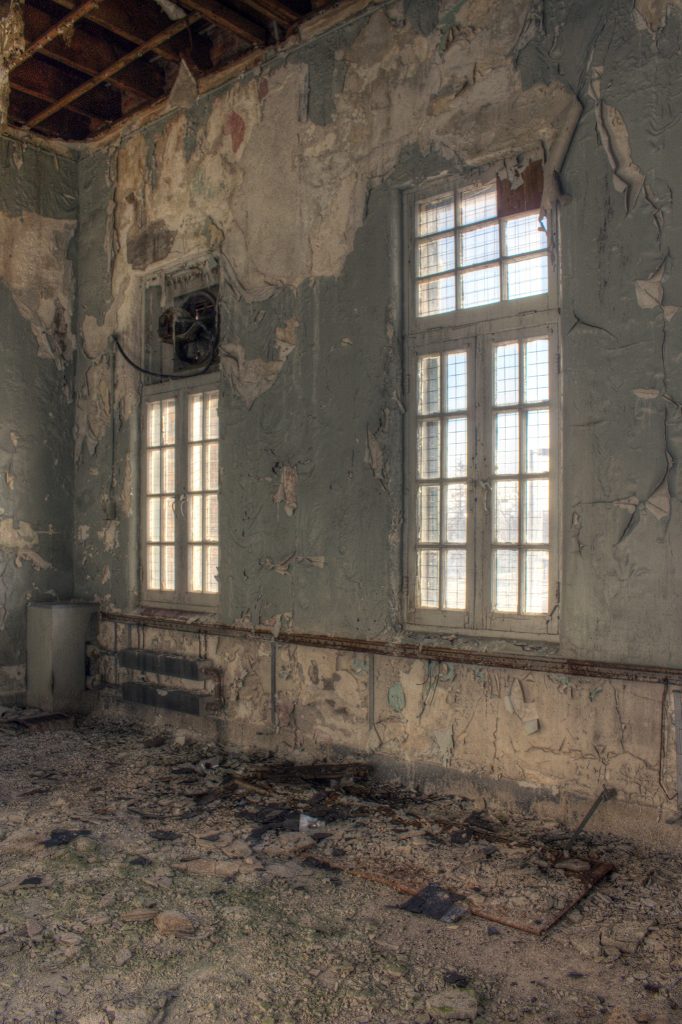
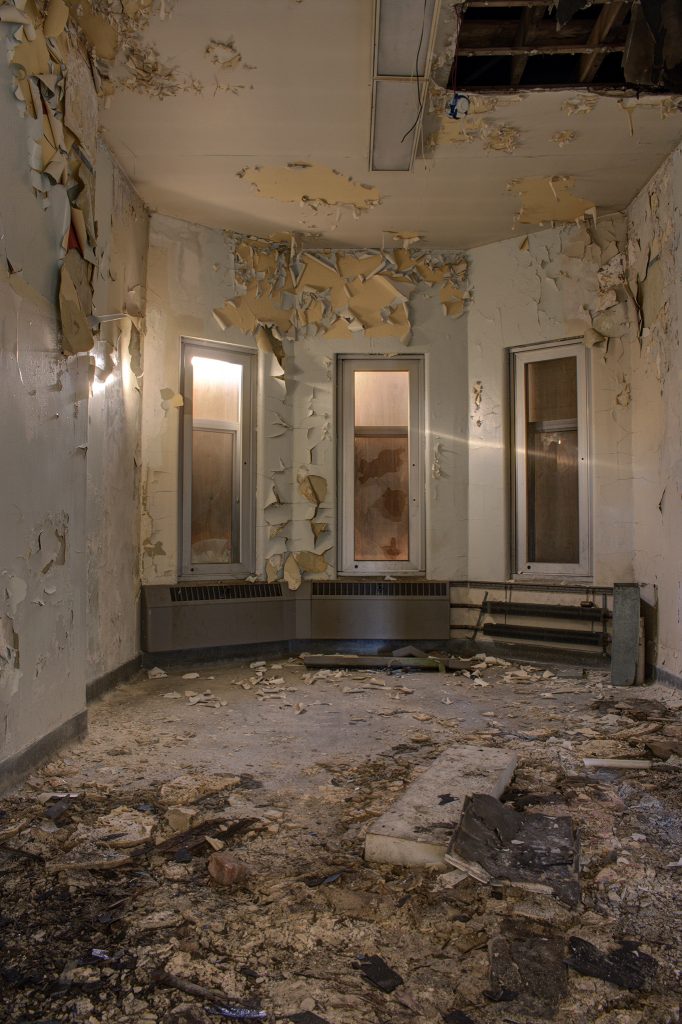
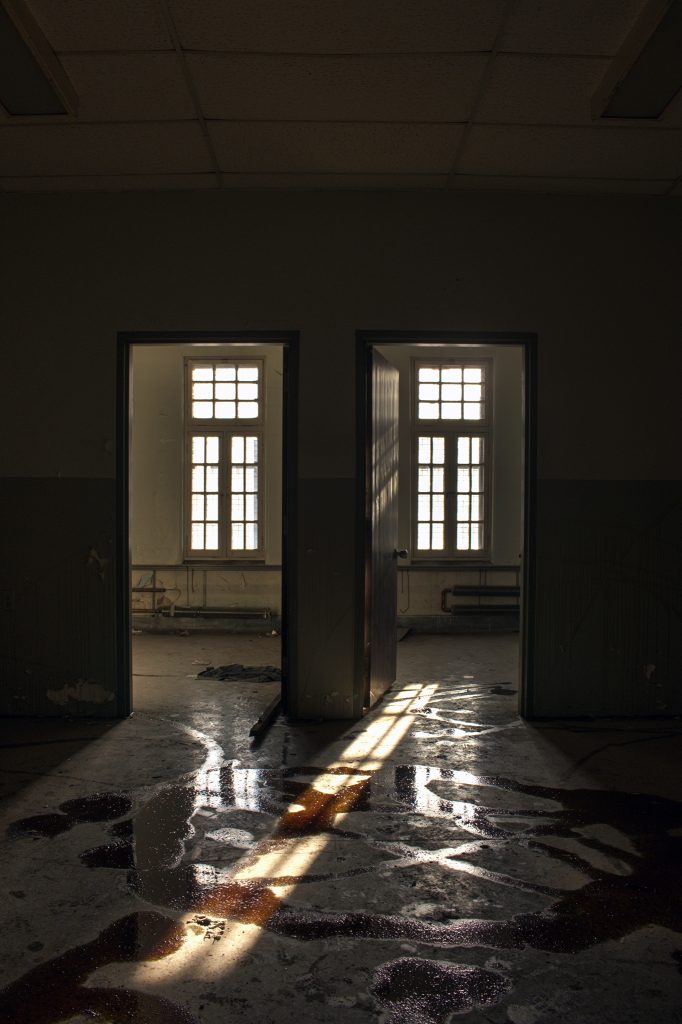
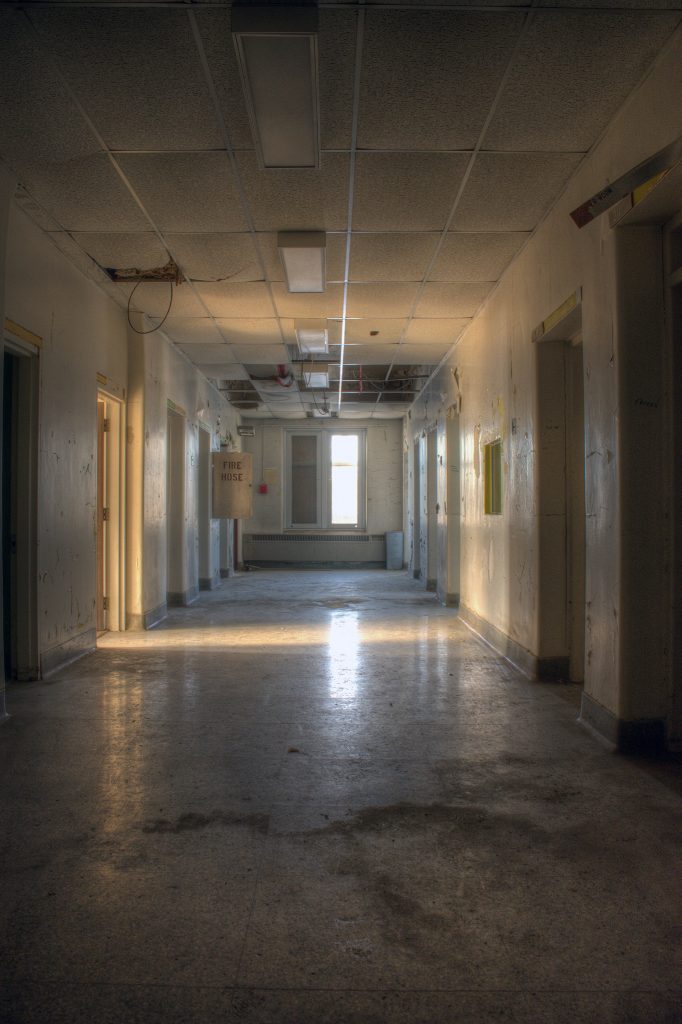
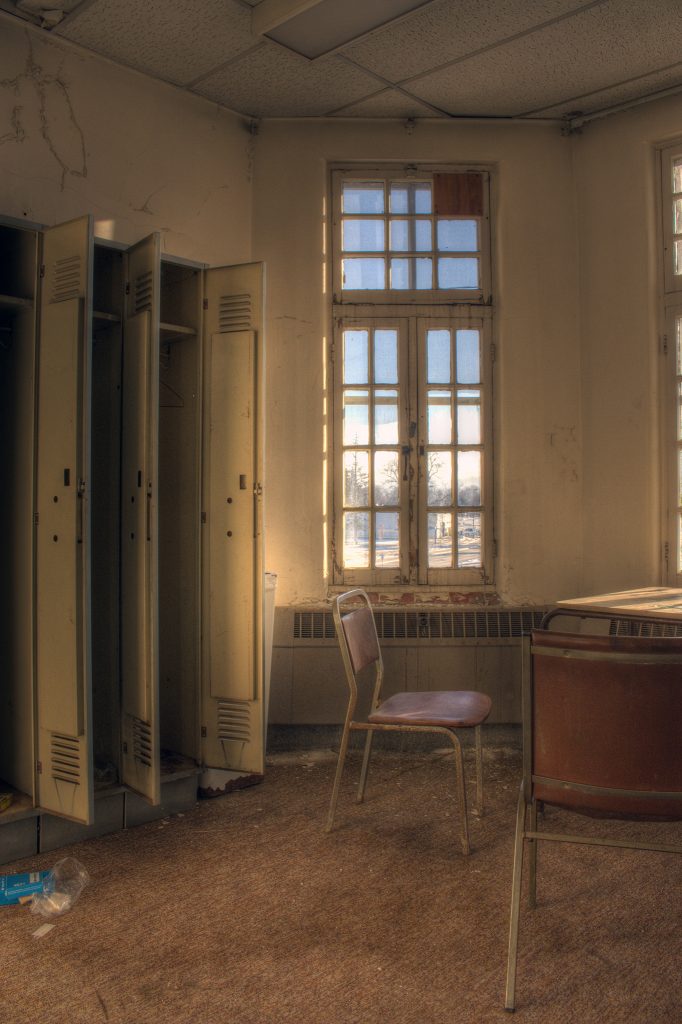
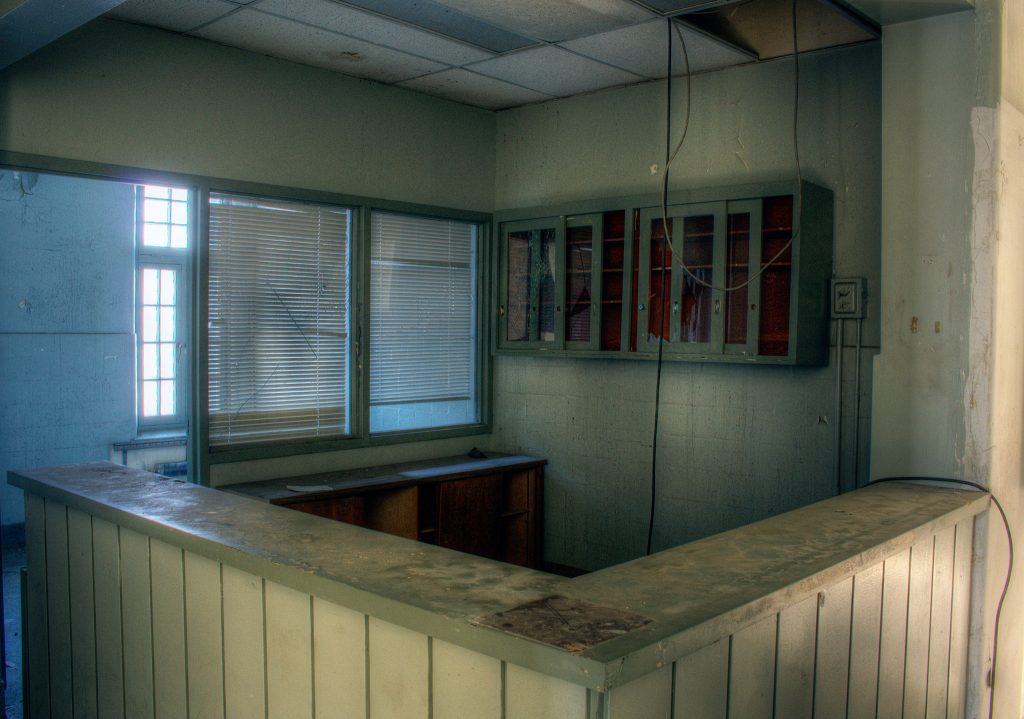
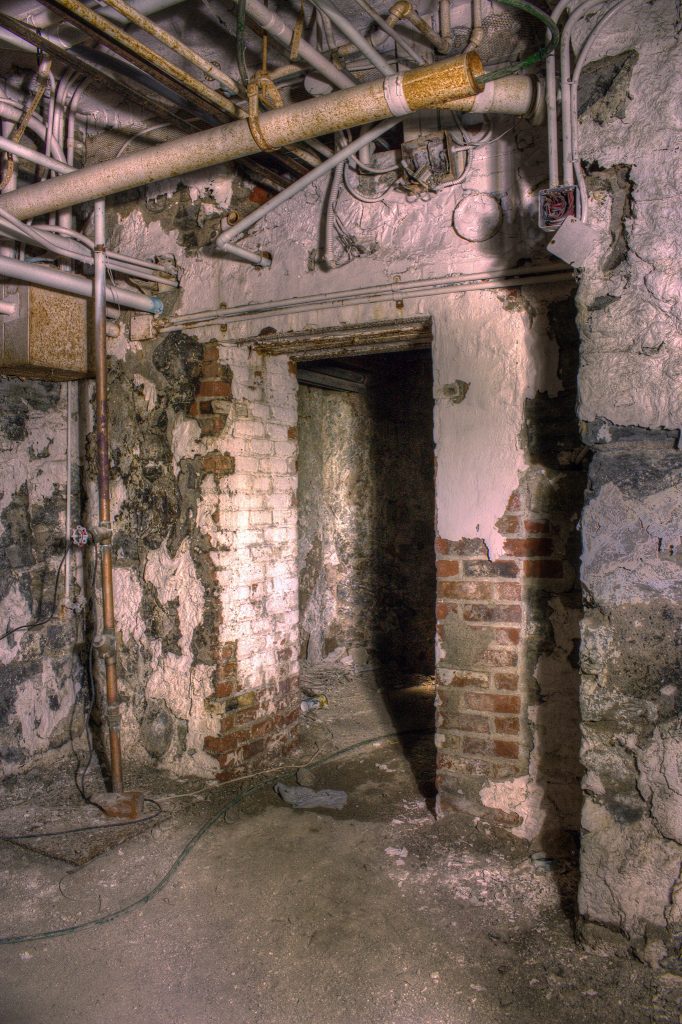
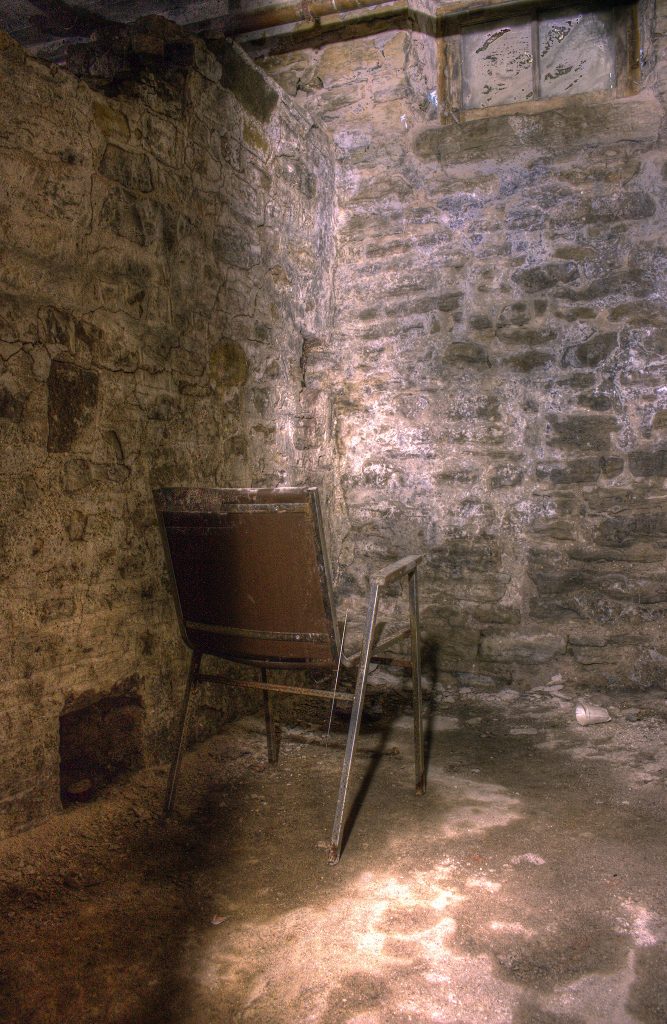
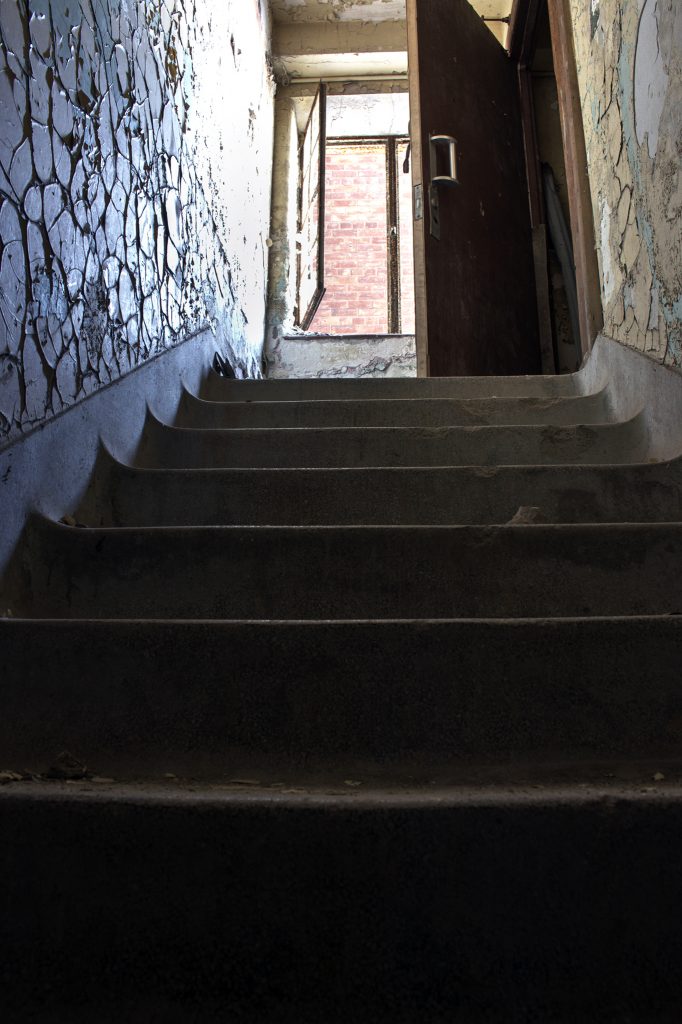
Present Day
The asylum was owned by the Government of Ontario until November of 2000 when ownership was transferred to St. Joseph’s Healthcare in Hamilton. Today they are known as the Centre for Mountain Health Sciences.
Most of the buildings have been demolished with the exception of the Century Manor which stands to this day. Century Manor has been vacant since 1995. It opened briefly in 2009 for Doors Open Hamilton.
Access to the property is difficult to gain. Infrastructure Ontario owns the property but rarely permits people inside, including Hamilton’s Heritage Committee.
Infrastructure Ontario has no problem renting you their facilities for thousands of dollars per day however. As of 2015, the property has been up for sale.
In 2018 there were plans to sell the property to Mohawk College to be used as a college residence. The plans fell through.
Media
What’s happening with Century Manor? (CBC)
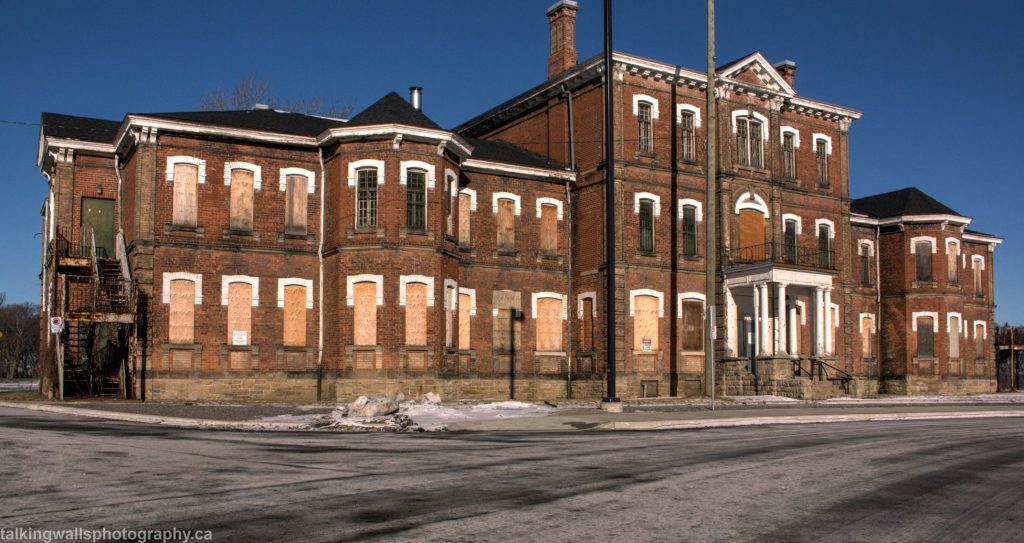
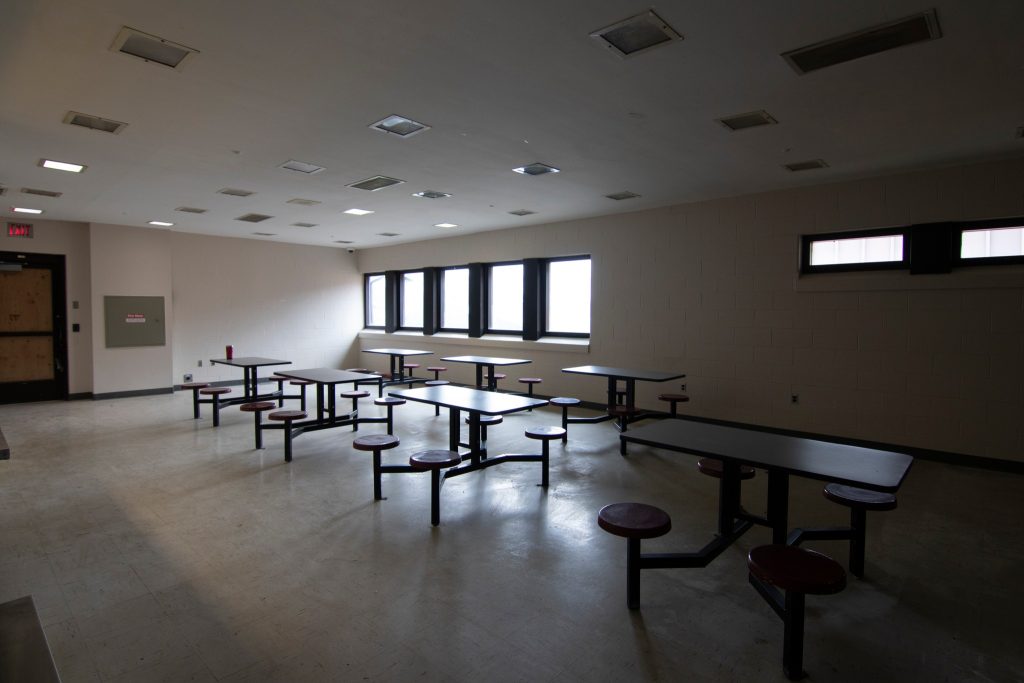
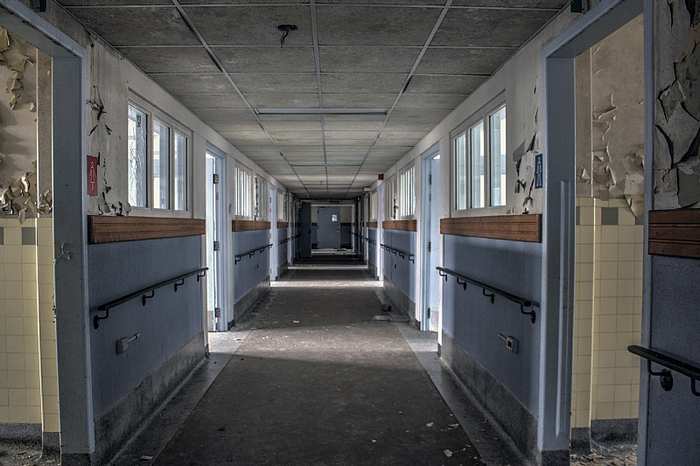
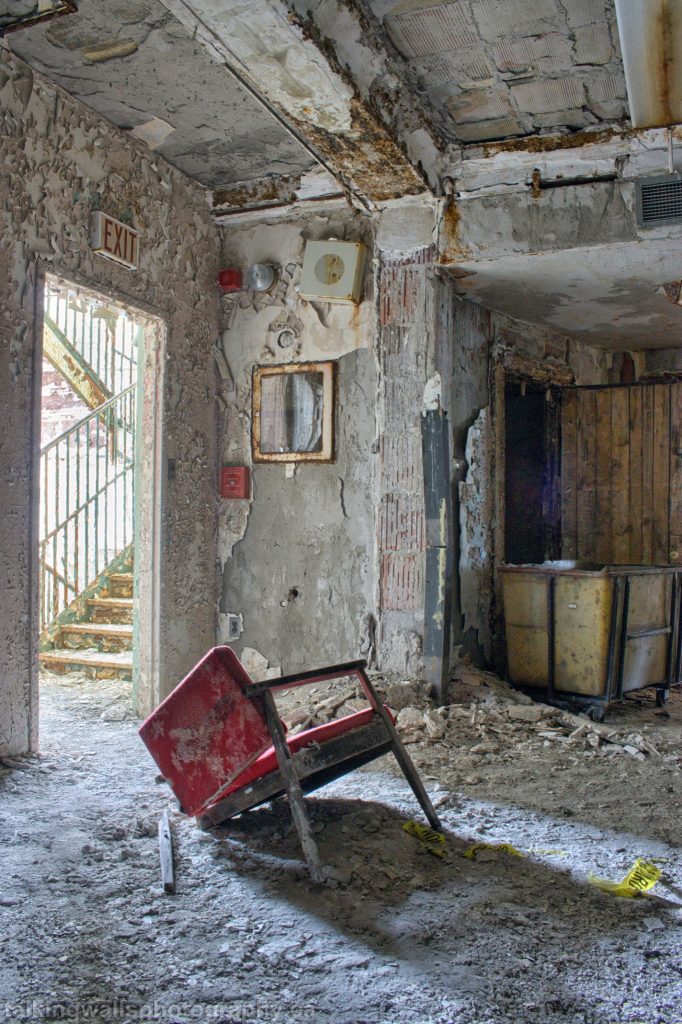
sorry – was Bridget English the wife of Dr English?? or was she a patient? Or both?
Is there ghost walks?? If not we should consider. I would be very interested, and I bet a lot of people in Hamilton and the surrounding area would be aswell.
I was wondering can me and a friend of mine do a paranormal investigation of the place? We will be very careful of the building
I’m not the one to ask for permission.
Have you had anyone do ghost hunting or tours in the asylum. Cause me and a few friends are interested in the history and ghost hunting.
I would go for a tour through here, as a ghost walk. They should consider doing that…